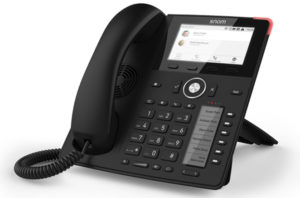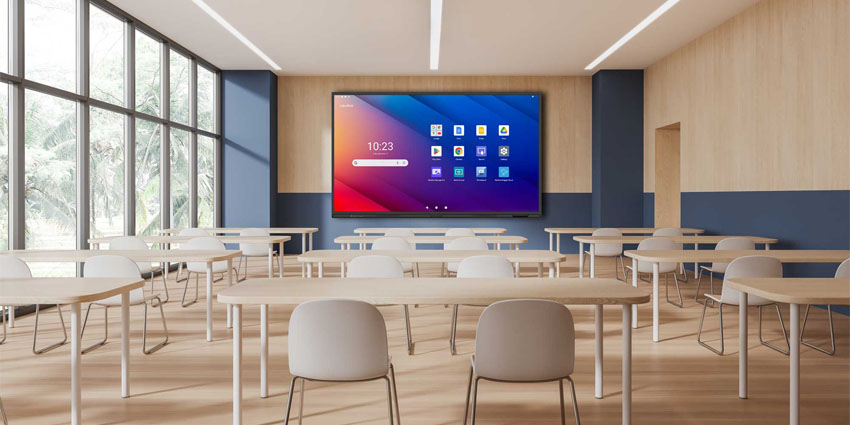In the old days, a phone was a phone. It rang, you answered. You needed to call someone, you dialled and hoped somebody would pick up. Today, the phone is much much more.
Despite the introduction of technologies like web chat, email and social media, the telephone is still the most used medium of communication. According to multiple resources, these rival channels have been on the rise for the last 5-10 years. And they will continue to rise. There is no doubt that Generation Y and Generation Z will advocate the use of messaging and video more than any generation before. However, the use of the telephone should not be underestimated.
Phones on the rise
According to Statista, in 2019 the number of mobile phone users is forecast to reach 4.68 billion. And they are going to need someone to phone.
According to Frost and Sullivan, in 2014 hosted and cloud phone systems represented 22% of the IP desk phone market, with that number is expected to hit 55% by 2021. Cloud phone systems continue to evolve and the UCaaS market continues to grow exponentially. Ultimately, the VoIP phone market has not gone away and won’t be going anywhere soon.
How we use the desk phone has changed
It used to be the case that when you started at a new company, you arrived at your PC and a desk phone. These were templated items that you just expected at a new job.

Office based
As the modern workplace as evolved, we have identified different personas that have different personas. Users that come into the office desk mostly have the same template as before.
Field based
Users that are field-based have mobility requirements that lead them to using their mobile phone as their main source of calls. However, when they do come into the office, they still expect a desk phone. This no longer means you need to have an idle phone standing by reserved for a specific person. Hot desking is a frequent feature on an IP phone. Hot desking enables any user to log in to a spare desk phone, retrieve their voicemails and utilise that station as their position to make and receive calls for the day.
Home workers
Home workers may still require a handset. Just because they are not present in your office does not mean they are not present in your business. The same level of planning should go into setting up a home worker as it does an office or field worker. Their choice of handset is just as important.
Remote workers

The stigma previously associated with remote working has quickly been tarnished. Remote working has been proven to increase productivity and output multiple times over. This would only be the case with the technology we have available today.
With all the technology like collaboration apps and video conferencing, it would be easy to suggest that the remote worker no longer requires a desk phone. However, my former colleague, Charles Bantoft, always used his desk phone at home. Together, we worked for a managed service provider that preached remote working and sold UCaaS and CCaaS platforms – but that didn’t mean he had to change his working style.
The point here is that personal preference is always key when deciding what devices to arm your employees with. Remote workers may not be in the office but that doesn’t mean the requirement for a handset has disappeared.
Warehouse
One of the most significant trends driving the evolution of the IP endpoint is the presence of mobility in the workforce. It’s easy to forget that the workforce extends outside the office.
Employees need to remain connected with one another, and with customers, when they are doing a stock check or fetching a customer’s order. The requirement for DECT or wireless phones has risen, bucking the trend that phones are on the decline.
Video conferencing
Video has made significant strides into enterprises and small businesses alike. Similar to remote working, the benefits of video conferencing are widely marketed and adopted. However, not everybody is comfortable joining a video call and not everybody has sufficient bandwidth or a video resource to connect with.
With the increase in remote meetings and collaborative environments, the desk phone remains key to joining in some businesses.
The video conferencing device itself comes with its own set of requirements. Whether you opt for a huddle room style device or telepresence solution depends on the department or user personas. Apps that need to be integrated and existing kit that can be reused must come into the equation too.
Choosing the right IP phone
Overall, its clear that the desk phone is still a huge requirement in business. With more and more businesses opting for a UCaaS solution, choosing the right IP phone for your business – and each user within that business – becomes vital.
Jason Green, Marketing Manager at Snom, offered some words of advice when it comes to making the right decision.
“For anyone working at a desk, how many devices are there that have been there since 2005? Your PC? Your monitors? Laptop? I suspect not many of those”

“However, there are still huge numbers of Snom phones out there that are still being used more than a decade after they were installed. IP phones are workhorses that are built to do a job reliably, securely and that can be used at a level of simplicity or complexity the user requires. In the last two years, Snom has seen a huge increase in development resources, enabling us to introduce around fourteen innovative new products to offer a complete portfolio and to meet telephony requirements across a wide range of industries and roles.
Thanks to the indestructibility of our devices, we have been able to pass on to our customers all the savings made from having such reliable and robust end points in the form of an extended three-year manufacturer’s warranty and a huge reduction in overall prices.
The future is built-in to Snom products, including power-saving sensors to reduce your carbon footprint and speed-up your return on investment and many other unique features in our HW and SW. The key to choosing the right IP phone is to select a device that has a proven track record of quality, design, reliability, innovation, interoperability, user-friendliness and, of course, price”.
Snom has a wide range of SIP phones compatible with most UCaaS and SIP platforms. To find out more about Snom’s constant innovation in the IP handset market, visit their website here.






